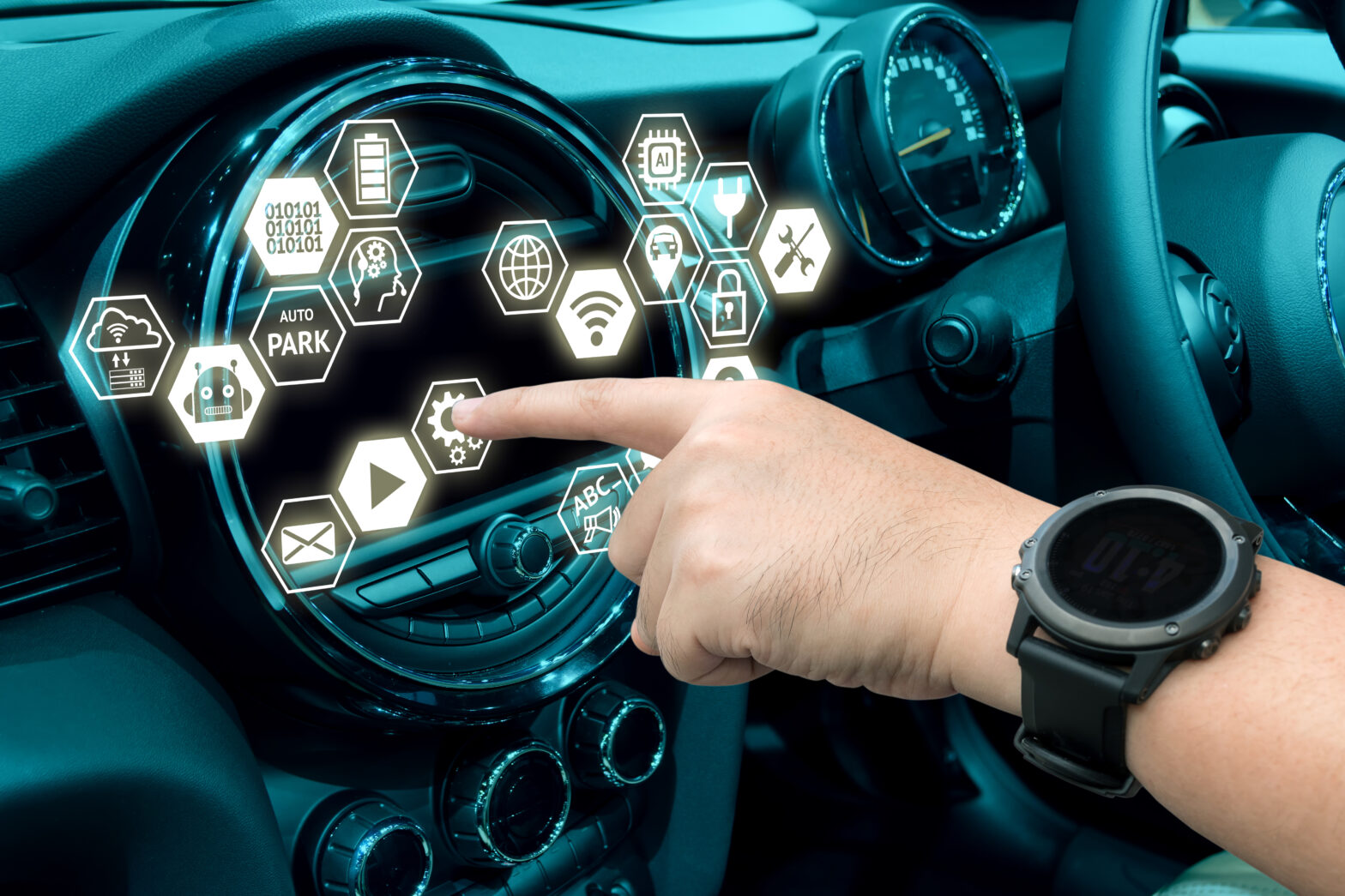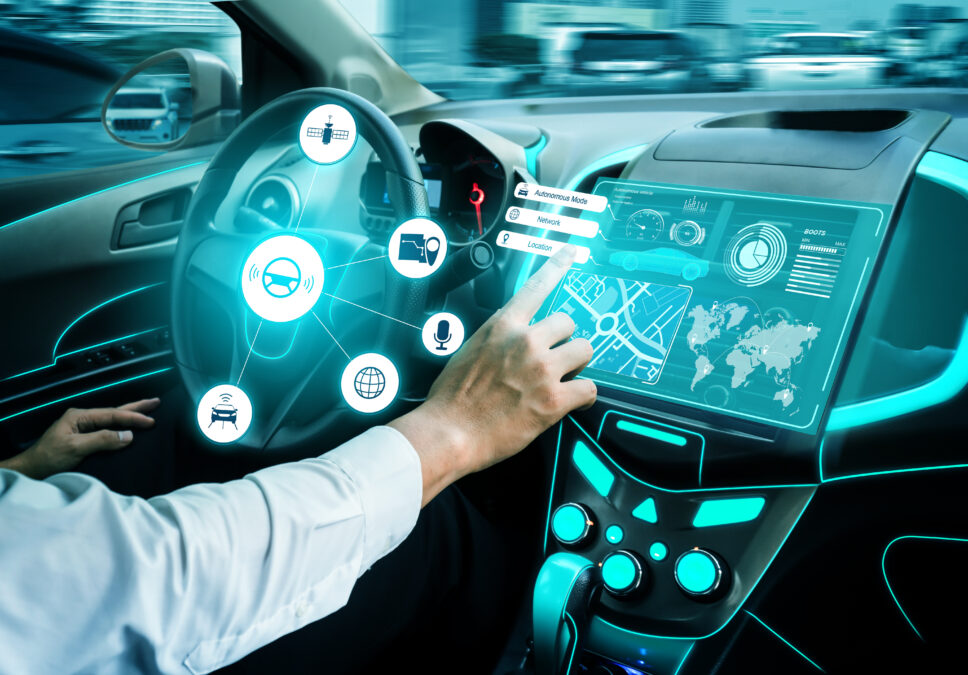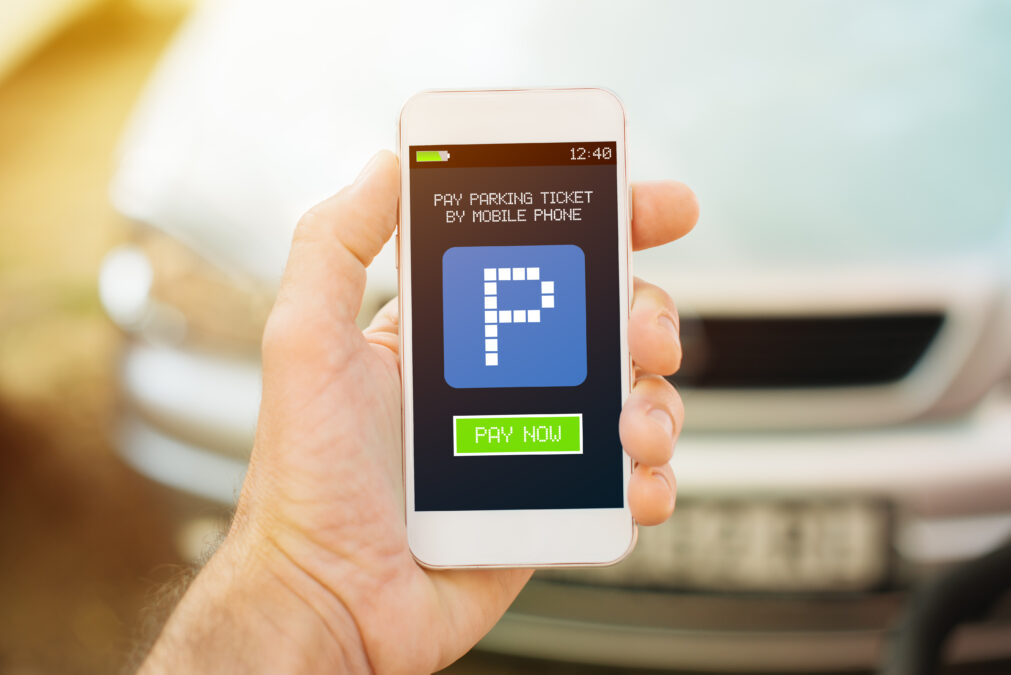Cars are becoming more connected than ever before, and that trend is only going to continue. It is estimated that the amount of data passing between connected cars and the cloud will experience a 10,000-fold increase, reaching 10 exabytes per month by 2025.
This expected increase in future connected car data volumes creates a significant need for a new network and computing infrastructure solution that combines cloud services with in-car computing power to handle the massive amounts of data generated by these connected cars. Automotive OEMs and automobile designers can ease the impact of this data onslaught by incorporating technology that helps devices and vehicle software to function and communicate seamlessly, even as the amount of data grows.
>See also: User Interface (UI) and the connected car
The first step is finding a data-centric technology solution for acquiring, managing, and analysing information, and executing distributed processing to address the sheer volume of diverse data generated by connected cars. Distributed processing uses a touch-it-once approach to manage and sort car-generated data effectively, determining which information can be processed in the car and what has to be addressed in the cloud.
Any data that can be processed in the car stays “local,” rather than being sent to the cloud. Triaging the data this way not only reduces network congestion by decreasing the amount of data being transferred, but also improves cloud platform efficiency by removing the need to process unnecessary end-point data.
Data collection and storage also need to be addressed. The ideal data collection system uses customisable policies and criteria to determine which data to collect, what to store in the car, and which information is sent to the cloud – for example, collecting video data only in specific locations under certain conditions or on an intermittent basis, and storing data permanently in the car or uploading to the cloud only if certain events happen, such as cars in a specific area that slow down suddenly.
The system manages and separates the data by determining whether the data should be stored temporarily or permanently, if it will be stored “locally” in the car or sent to the cloud, and then which data to store for quick analysis compared with information that needs to be stored but likely won’t be accessed very often (“inactive” data in “cold storage”), and then specifies how data will be accessed when it is needed.
>See also: Connected car production to grow rapidly in next 5 years
Incorporating this type of smart, policy-driven storage subsystem ensures that the highest-priority data always receives priority treatment. By using a combination of policy and criteria to manage and sort the data as it is generated, and distributing the data according to temporary vs. permanent and local vs. cloud storage allows designers to proactively address the rapidly-growing amount of information from connected cars so that devices and software continue to function correctly.
Another way to prevent networks from getting clogged is to streamline how a vehicle supports and interacts with consumers’ personal devices. People expect the same functionality from their devices in the car as they do in all other areas of their lives. Incorporating a hardware and software solution that supports Bluetooth pairing and provides in-car Wi-Fi network hosting, either using equipment in the car or a consumer’s handset as the host, provides more than one way for consumers’ devices to connect to the network and receive information.
This allows consumers to use multiple devices in the car without network strain. Passengers often use multiple devices like tablets or PCs, in conjunction with rear seat displays, and their expectations are that all of these devices will function and interact with each other normally.
Implementing a technology solution that manages how devices connect to the network ensures there is enough bandwidth and network connectivity for all devices to function as expected, so consumers experience seamless functionality and the network is able to continue performing as it needs to.
>See also: Connectivity: the fuel for the future of the auto industry
And it’s not just devices that are in constant use – apps also play a significant role in daily life, and consumers expect to be able to use them in their vehicles. To make sure that devices work well without straining the network, designers can employ a software solution that grants apps access to only the services and resources they need, helping to eliminate potential overall network overload.
For example, if a driver wants to project an app or stream media to multiple devices or from one device to another (a phone with a media source, or to one or more rear seat displays), this solution would use a variety of technologies to manage the resources so that consumers experience seamless device functionality without using too much bandwidth.
As vehicles become even more complex, the amount of data being generated could strain data networks and cloud infrastructure. In addition, the proliferation of consumer devices also provide unique challenges with respect to meeting consumer expectations for device usability and performance in the car.
>See also: Driving the Internet of Things in a secure fashion
By using solutions that employ smart data collection and retention and focus on policies and criteria, along with in-vehicle management of consumer devices, many of these bandwidth issues can be solved. By designing their vehicles to incorporate such a solution, OEMs can increase consumer satisfaction and brand loyalty by delivering what consumers want from their vehicles.
Sourced by Dan Gittleman, CEO, Xevo







